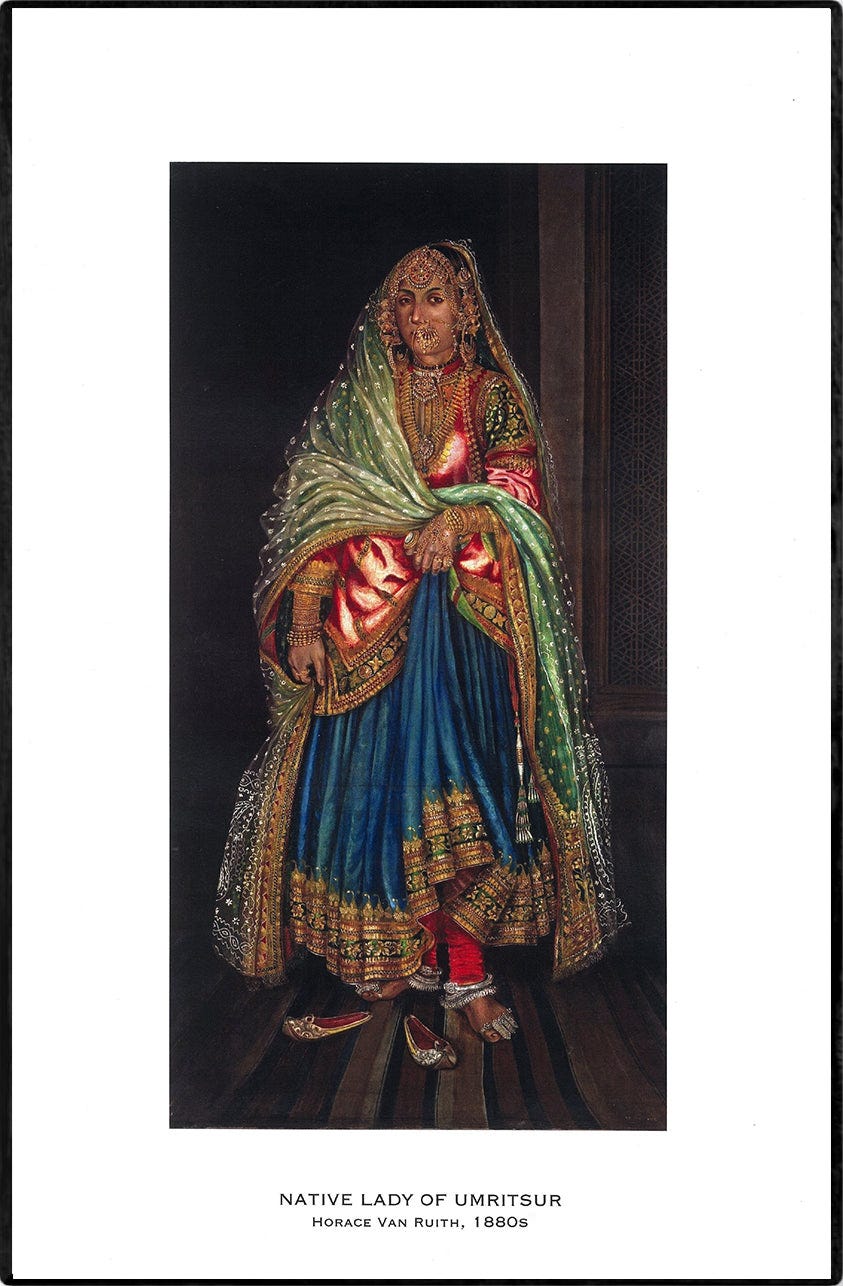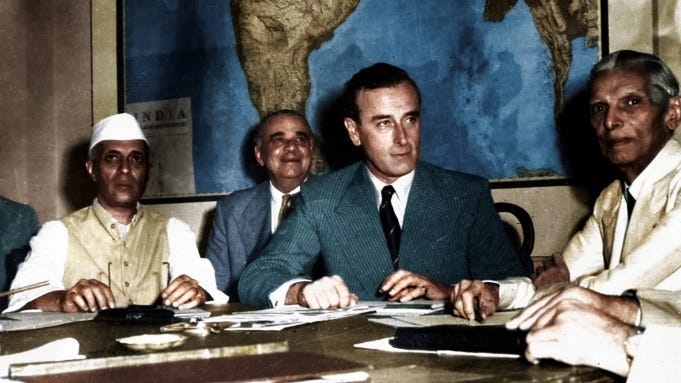Welcome to the Brown History Newsletter. If you’re enjoying this labor of love, please do consider becoming a paid subscriber. Your contribution would help pay the writers and illustrators and support this weekly publication. If you like to submit a writing piece, please send me a pitch by email at brownhistory1947@gmail.com.
Don’t forget to check out our SHOP and our Podcast.

The Aftermath of Partition: A Saga of the Firozpuris

In the 1947 partition, over 8 million people migrated from East Punjab (India) to West Punjab (Pakistan) and vice versa between August and December. According to Ian Talbot, a renowned historian on the subject, the deaths during this Punjab migration “vary from the low estimate of 200,000 by the British civil servant Penderel Moon to that of 2 million.” Recent estimations regarding Punjab’s migration reveal that the “partition-related population losses,” either from deaths or unrecorded migration, ranged from 2.3 to 3.2 million. Everyone’s experience differed in one way or another due to their identity markers, such as religion, gender, class, caste, and locality. The story of Partition is one that is more than just a national narrative; it is an amalgamation of hundreds of thousands of personal experiences and stories, each revealing varying and unique notions of what partition meant.
The case of Firozpur is interesting because it was one of the few regions that were initially intended to be a part of Pakistan. Three tehsils (subdistricts) of the Firozpur district, including Firozpur, Zira, and Fazilka, were included in Pakistan, as Justice Muhammad Munir and Din Muhammad endorsed it in the final award. However, in the final award, the “other factor” influenced Cyril Radcliff’s decision to divide the district of Firozpur, favoring India over Pakistan. The Jinnah Papers reveal that Nehru had lunch with Lord Mountbatten regarding the issue, and it resulted in Radcliff changing his decision as Nehru suggested that “the attachment of Firozpur with Pakistan would become a reason for war between India and Pakistan.”, Nonetheless, it is difficult to accurately determine the extent of Mountbatten’s ‘influence’ on the boundary commission’s decisions. It was also argued that the water headwork of Firozpur would only work properly for India and not for Pakistan, a yardstick used only for transferring Muslim-majority areas to India. Such short-notice decisions with respect to Firozpur’s division, coupled with the lack of communication with the masses, led to immense confusion among the Muslims in the region regarding whether they should stay or migrate. The people I interviewed who belong to the tehsils of Firozpur and Zira pre-partition also confirmed this when they stated that there was confusion between them and the Sikhs regarding who was going to leave.
In the days leading to the 14th of August, tensions started growing in the region, and the once-harmonious brotherhood of Muslims and Sikhs turned into a cold-blooded rivalry blinded by hatred, greed, and revenge. According to the interviewees, at the start of March, arson, looting, and rioting had spread in Punjab, starting from central districts, including Firozpur. On the 5th of August, the condition of multiple tehsils in the Firozpur district was described as “grave”; 64 villages near Moga with a Muslim majority were attacked. However, there were reports of Muslim attacks in rural areas as well. One such report came on the 8th of August, according to which 74 Hindus and Sikhs were killed near Jalalabad in the Firozpur district. Later that week, General Rees estimated the casualties at 200-300 per day. On the 21st of August, between Firozpur and Bhatinda, Sikhs organized and executed a methodical attack on a passenger train, “looting its passengers and then butchering those who refused to leave the train.”





